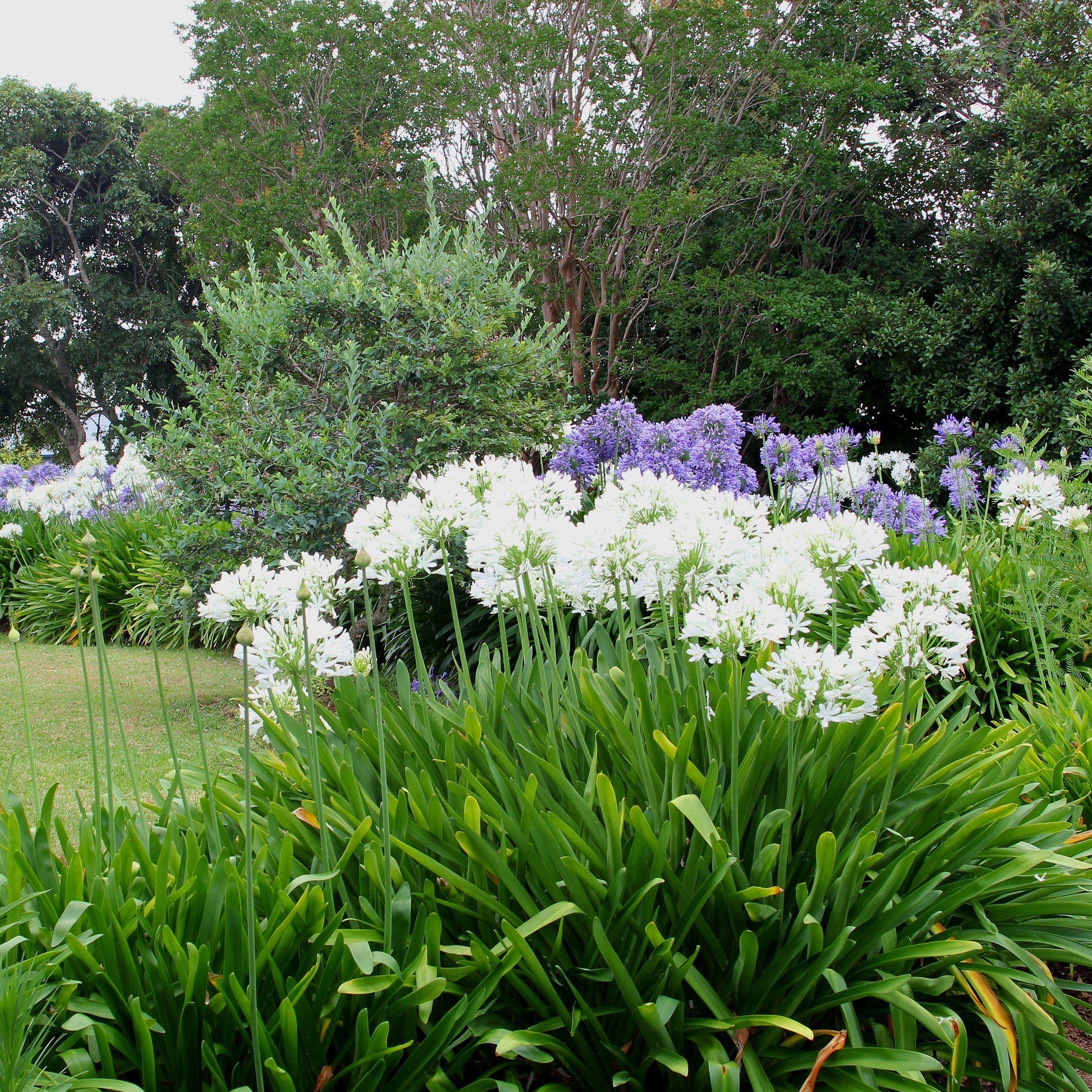Magnificent Agapanthus: Enhancing Your Yard's Elegance
Grasping the Art of Agapanthus Care: Necessary Steps for Healthy And Balanced Development and Lively Blooms
In the world of cultivation, the growing of agapanthus stands as a rewarding undertaking for those who look for to nurture these elegant flowering plants. From choosing the right variety to mastering trimming strategies, the trip in the direction of cultivating flourishing agapanthus plants is multifaceted and holds the essential to unlocking the full capacity of these botanical treasures.

Choosing the Right Agapanthus Range

When picking the best Agapanthus range for your yard, take into consideration variables such as climate suitability, bloom shade, and growth practice. In addition, consider the climate in your area to guarantee the Agapanthus variety you pick can thrive in your certain conditions. Understanding the growth habit of various Agapanthus selections is critical for correct positioning within your yard.
Suitable Growing Problems
Considering the ideal environmental requirements is important for effective Agapanthus growing. Agapanthus plants are delicate to cool temperature levels and need to be shielded from frost throughout winter months.
To ensure healthy development and lively flowers, plant Agapanthus bulbs at a deepness of regarding 2-4 inches and room them 8-12 inches apart. Adding organic issue, such as garden compost, to the soil can boost drain and fertility, advertising durable root advancement. Mulching around the base of the plants assists preserve moisture and suppresses weed growth. Regular watering is critical, especially during the growing season, to keep the dirt continually moist but not waterlogged.
Watering and Fertilizing Tips
Maintaining proper wetness levels and supplying important nutrients are crucial elements in the treatment routine for Agapanthus plants. When it comes to sprinkling Agapanthus, it is critical to strike a balance. These plants favor consistently moist dirt however are at risk to root rot if overwatered.
Feeding Agapanthus is important for advertising healthy development and prolific blooms. Apply a balanced plant food, such as a 10-10-10 formula, in the early springtime as new growth emerges. Repeat this application every 6-8 weeks throughout the growing period. Stay clear of extreme fertilizing, as it can bring about lush vegetation at the cost of blooms. Constantly follow the producer's directions for correct dilution and application techniques. By following these watering and feeding ideas, you can ensure your Agapanthus plants thrive and produce vibrant, lasting blooms.
Trimming Techniques for Agapanthus
Trimming Agapanthus plants at the proper times and with correct strategies is vital for keeping their health and wellness and promoting optimal growth and flowering. The optimal time to trim Agapanthus is in late winter months or very early springtime before brand-new development arises. Beginning by getting rid of any type of yellowing or dead leaves near the base of the plant. Cut them as close to the ground as possible without harming the emerging shoots.
For flowered stems, wait till the flowers have actually perished and then cut them back to the base. This not only cleans up the plant's appearance yet additionally urges the growth of brand-new flower buds. Deadheading spent flowers can also redirect the plant's energy right into creating even more blooms instead than establishing seeds. Nevertheless, if you wish to accumulate seeds for propagation, leave some blossoms to completely dry and mature on the plant.
Keep in mind to use clean, sharp tools to make accurate cuts and decrease the risk of presenting diseases. Agapanthus. Routine pruning will aid maintain your Agapanthus looking healthy and balanced and cool while making certain a bountiful display of beautiful blooms
Managing Usual Insects and Diseases
After making sure appropriate pruning strategies for Agapanthus, it is necessary to address common insects and diseases that can influence the wellness and vigor of these plants. One typical insect that influences Agapanthus is the Agapanthus gall midge.
Furthermore, Agapanthus plants can endure from root rot if they are grown in badly draining pipes soil. By being attentive and taking punctual activity against conditions and bugs, you can assist your Agapanthus plants thrive and generate vivid blossoms. Agapanthus.

Conclusion
In conclusion, grasping the art of agapanthus treatment entails choosing the best variety, offering perfect growing problems, appropriate watering and fertilizing, suitable trimming techniques, my review here and resolving common insects and conditions. By adhering to these essential steps, you can make certain healthy and balanced growth and lively flowers for your agapanthus plants. Keep in mind to frequently keep track of and preserve your plants to promote their general wellness and durability.
To make certain healthy and balanced growth and vivid flowers, plant Agapanthus bulbs at a deepness of regarding 2-4 inches and area them 8-12 inches apart. By you can check here complying see here with these watering and feeding ideas, you can ensure your Agapanthus plants prosper and generate lively, resilient blooms.
One common pest that affects Agapanthus is the Agapanthus gall midge. Additionally, Agapanthus plants can experience from origin rot if they are planted in badly draining dirt. By complying with these vital actions, you can guarantee healthy and balanced development and lively blooms for your agapanthus plants.